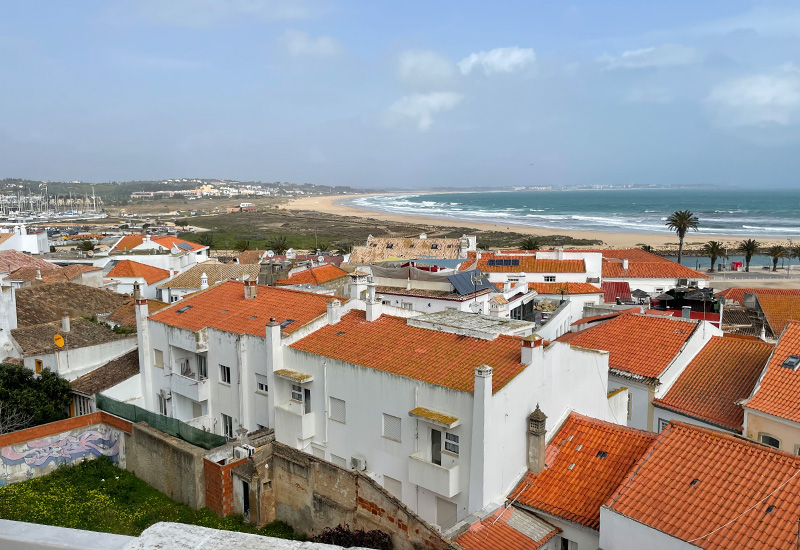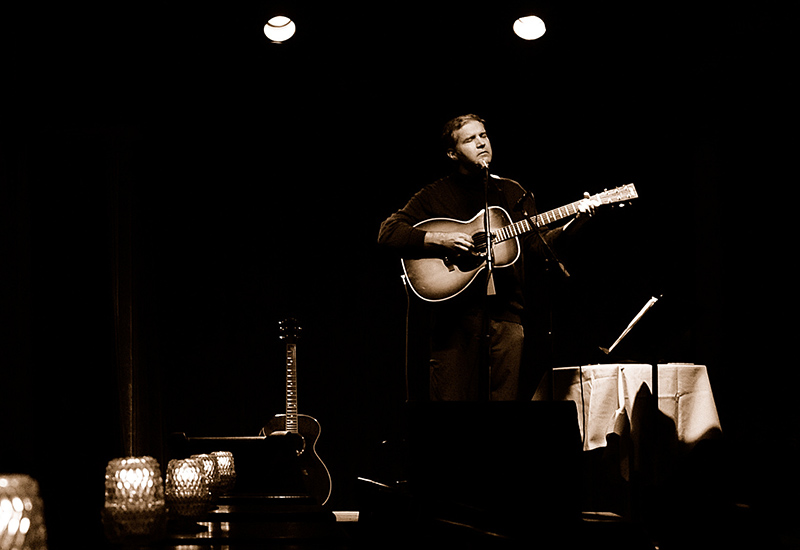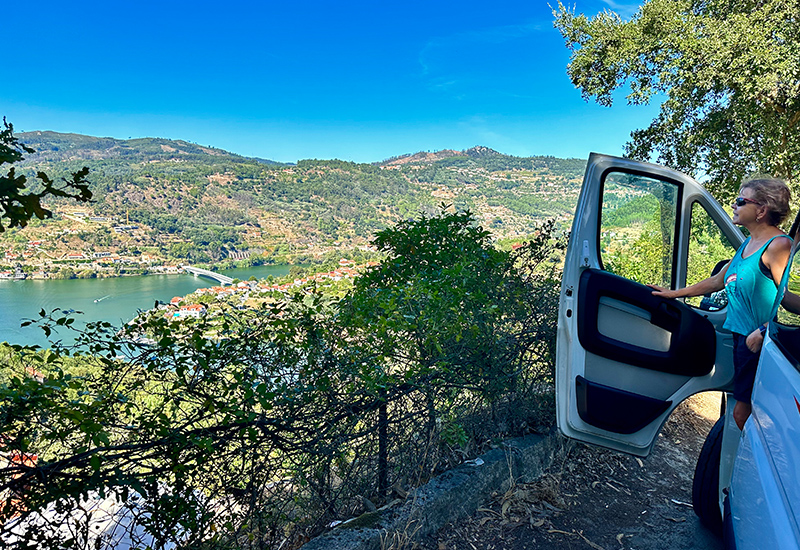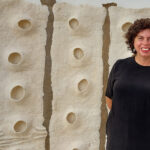Our new home told a story of bygone nobility.
We almost did an about-face when we saw the phone booth size elevator with the rickety folding gate in the small homely lobby.
But the listing advertised a T-4, a 4-bedroom, 5-bath rarity within the fortress walls of Lagos. The photos promised a 4th-floor penthouse with a commanding view of Meia Praia – the 4 km long beach that hugs Lagos.
Ron, my husband, had his nostalgic heart set on Old Town Lagos. Before we met, he had lived in New York City’s West Village and adored the vintage architecture, the countless restaurants and small quirky indy shops.
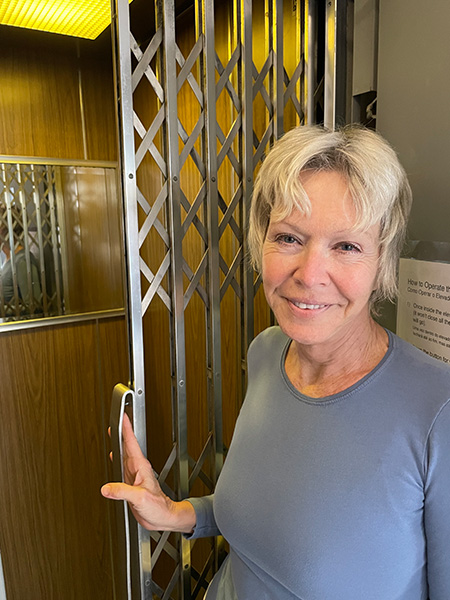
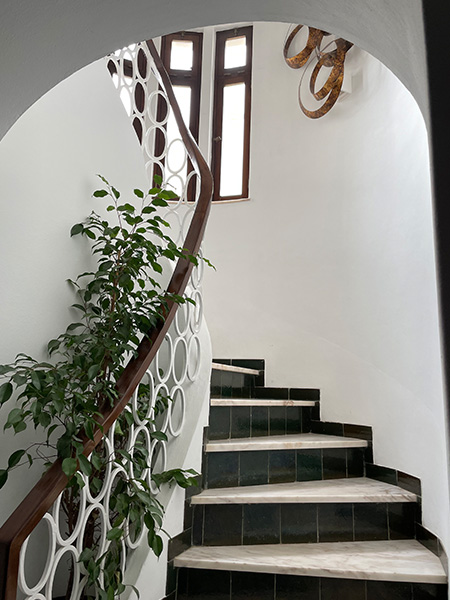
So as new US expats/immigrants looking for our Portugal perch, the Old Town resonated with him, given the echo of the charming West Village. I was indifferent actually until he appealed to my practical side – pointing out that city centre living offered us a rich spectrum of everything we needed without getting in the car.
Agreeing on that, we huddled in the lift, shimmying up to the top floor, wondering how this vaunted apartment was going to square with the apartment building’s dingy entrance.
Once inside the front door and down a short hall, we came face-to-face with a sweeping spectacle of the beach, the Lagos marina, with the Monchique mountain range framed by the ubiquitous white walls and orange roofs of Portugal.
Ok, it checked all the boxes … room enough for offices and bedrooms (always have to have a guest room), plenty of bathrooms and, of course, that view!
Old World Europe in Our Apartment
These are the reasons we purchased the place, but in the ensuing months, an aristocratic pedigree emerged. We were told by our realtor that the place, built in 1974, had had one owner – a Lisbon-based family that used it as their southern Portugal “holiday house”.
We began noticing some intriguing aspects about the place. There was a peculiar-looking metre-like device mounted to the kitchen wall. It had numbers 1–5, but we had no clue as to what it was. We then noticed switches in the living room and three of the bedrooms, which we thought were dead – because nothing happened when we pressed them. But soon, we traced the switches to the device in the kitchen as it registered a number from the room in which we flicked the switch. We then realised they were maid call buttons.
One of the bedrooms was separated from the other suite of three. And we presume, since a clothesline was outside this bedroom, that this was the maid’s room. (We imagined the maid travelled with the family to its vacation home to support the holiday merry-making!)
That explained why there was a second ‘front door’ in the front hallway – it was a service entrance for the maid. It dawned on us that the swing door in the kitchen was for serving the dining room, which was in a separate room down the hall.
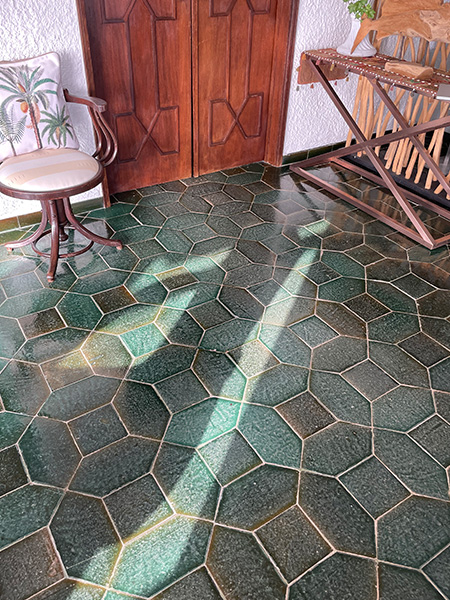
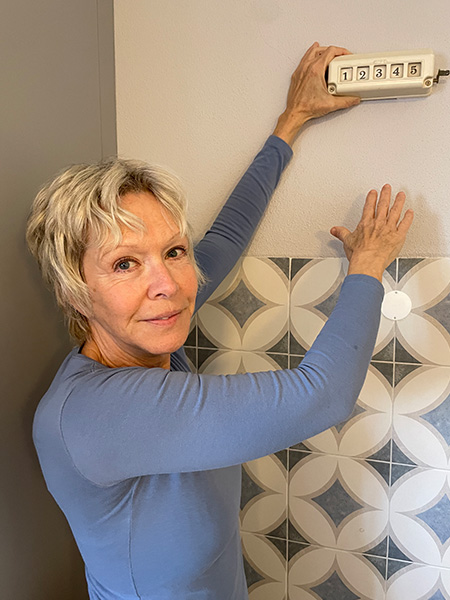
A Silk Purse Hidden in a Sow’s Ear
Over the months, various skilled labourers helping us renovate remarked on the colour-changing floor tiles. We were told that they were Moroccan, crafted from a centuries-old method using a particular clay mixture, hand cut and given a shimmery glaze that accounted for multi-tonal colouring. With 50 years of wear, they’re chipped and scratched, but we wouldn’t dream of changing them out (not to mention the cost would be prohibitive).
Other architectural features include the winding turret staircase, handcrafted doors, and six terraces throughout the apartment. So, despite the homely entrance and the scary elevator (although it’s checked and maintained regularly), we’ve become quite fond of our new home. We made the maid’s room into our guest room and confidently did away with the call buttons.
Are you or do you know someone who is living in an Algarvian home that smacks of old-world charm and would be open to sharing it with our readers?
Contact Becca at AlgarveBecca@gmail.com
